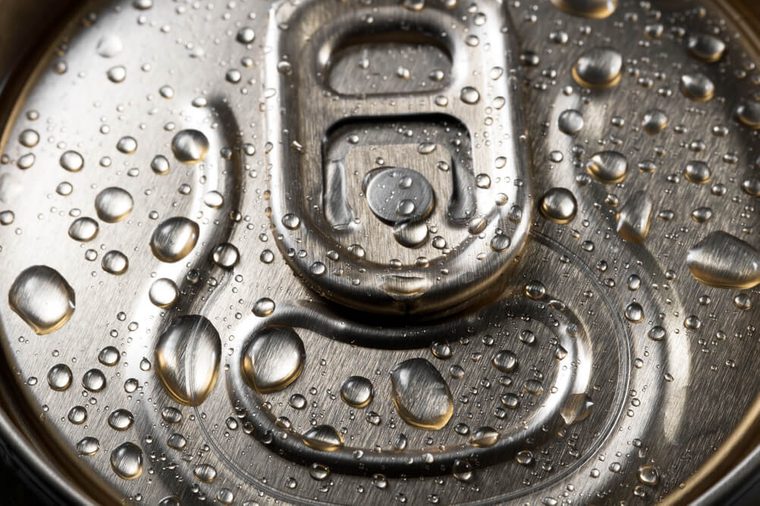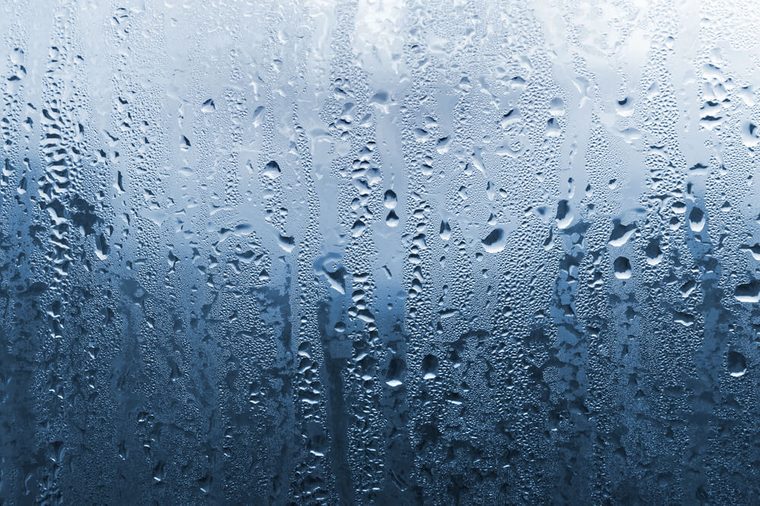
How much is too much?
We all get a bit hot and sweaty from time to time (if you’re wondering why you get night sweats, here are some possible causes.) But excessive sweating is a medical condition known as hyperhidrosis (or primary hyperhidrosis), and it can be extremely isolating and distressing. “There is secondary hyperhidrosis, which is excessive sweating that’s a symptom of another medical condition or a side effect of a medication,” explains Angela Ballard, RN, communications director, educator and advocate with the International Hyperhidrosis Society. “However, when we talk about hyperhidrosis, we are talking about the stand-alone condition or primary hyperhidrosis.”
Hyperhidrosis is also more common than you might think. A 2016 article published in the journal Archives of Dermatological Research estimates the prevalence of hyperhidrosis at 4.8 percent, which represents approximately 15.3 million people in the United States.
If you’re sweating how much you sweat, here are the signs of hyperhidrosis.
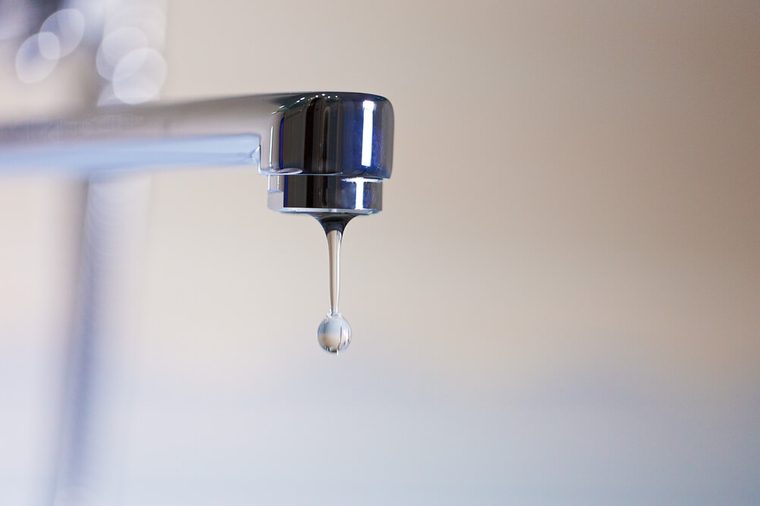
You sweat beyond what is necessary or expected
The main sign of hyperhidrosis is that you sweat in a way that is extreme and unnecessary given the situation. “It’s sweating beyond what the body needs to control temperature or react to stimuli,” says Ballard. “For many affected, hyperhidrosis sweating can be drenching and four or five times what may be considered a ‘normal’ reaction to stress, exercise, or heat.” Hyperhidrosis is often unpredictable, says Ballard. While a person with hyperhidrosis may certainly sweat even more during hot weather, they may also sweat just as much in an air-conditioned room. If you’re sweating that much, you might need these nine easy solutions for getting rid of sweat stains.

You can’t control your sweats
Common areas of the body affected by hyperhidrosis are the palms of the hands, the soles of the feet, the underarms, the face or scalp, and the groin or buttocks region. it can be constant, or come on suddenly without warning, says Ballard. In many cases, the sweating is so excessive that it drips, soaks clothing, or ruins objects held in the hands.
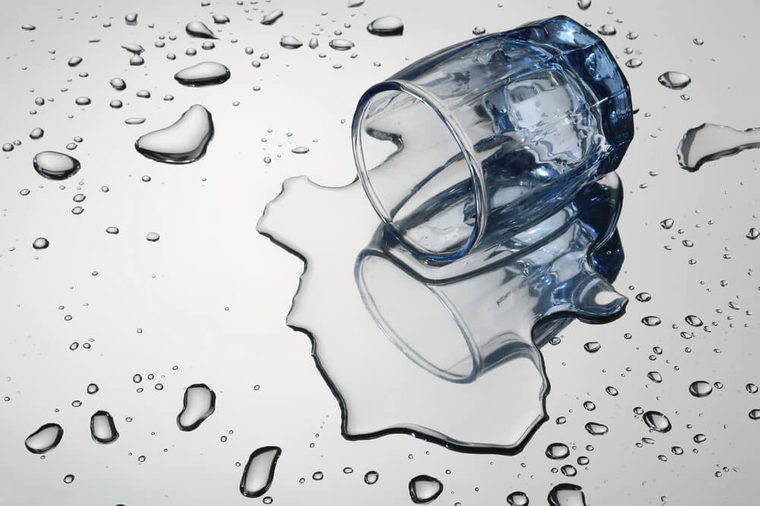
You spend time (and money) trying to hide your sweats
If you have hyperhidrosis, you may have to use towels, fans, special clothing, pads, make-up, or powders to attempt to “hide” your sweating, says Ballard. You may also have to change clothing or shoes several times during the day, and carry multiple identical items of clothing so these wardrobe changes are not noticeable.

Worry about sweating is severely impacting your quality of life
Hyperhidrosis can affect confidence or cause psychosocial issues like fear, anxiety, sadness, or isolation. It can cause a person to avoid situations, change careers, or lose opportunities due to social stigma. In a 2017 report published in the journal Health and Quality of Life Outcomes, 69 percent of hyperhidrosis patients reported an impact on their psychological well-being. Additionally, concerns related to other people’s negative reactions and judgment were reported by 64 percent. Many of them revealed that their condition affected their enjoyment of hobbies and interfered with daily activities, and most of them reported low self-esteem and a negative self-image because of their condition. Be aware of these warning signs of depression.
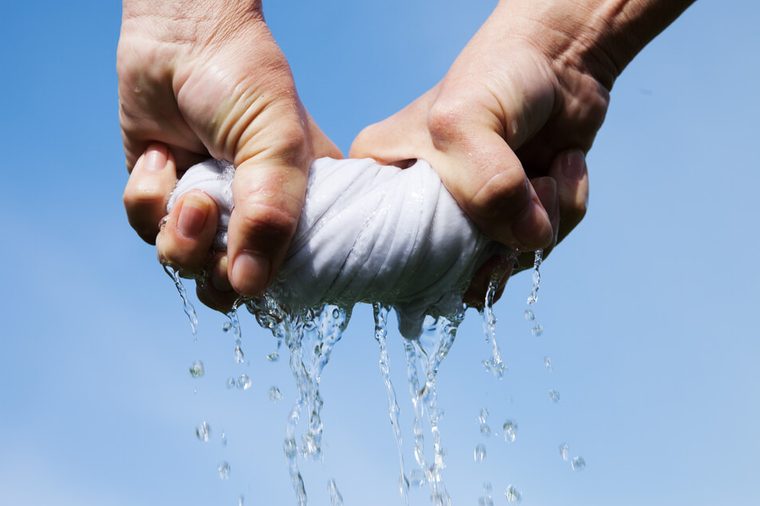
Your sweating has serious consequences
Through her work with the International Hyperhidrosis Society, Ballard has heard stories of people whose sweating put them or others at physical risk—some to the point where their lives were threatened. “Individuals with hyperhidrosis have lost control of the steering wheels in their cars due to extremely sweaty hands, nurses with hyperhidrosis have been unable to start IVs or give injections, and mothers have literally dropped their babies or been unable to hold their children’s hands as they cross the street,” she says. “Walking barefoot can be dangerous for people with plantar/foot sweating, due to wet, sweaty feet causing slips and falls.”
Getting help for hyperhidrosis
The Mayo Clinic advises seeing your doctor if you suddenly begin to sweat more than usual, it disrupts your daily routine, or you experience night sweats for no apparent reason. “Only your doctor, who knows your medical history and can perform a full assessment and any necessary tests to rule out secondary causes, can tell you whether you have hyperhidrosis—and this is the crucial first step,” adds Ballard. And if your heavy sweating is accompanied by chills, lightheadedness, chest pain, nausea, or a body temperature of 104 degrees F (40 degrees C) or higher, you should seek immediate medical attention.
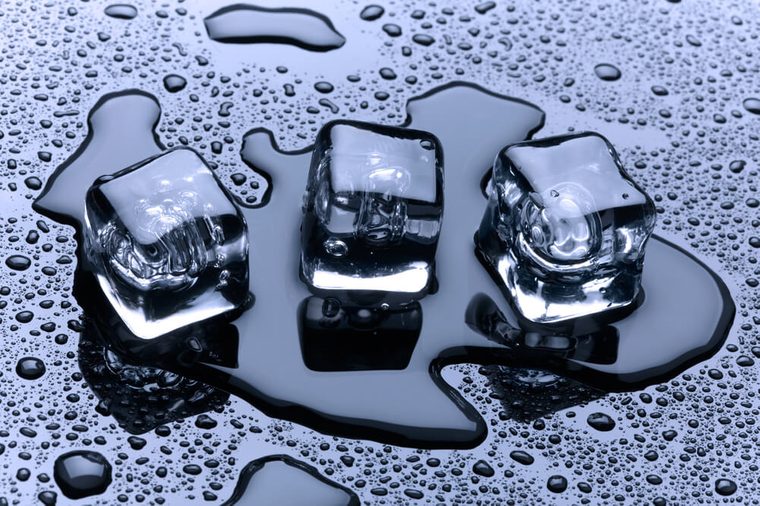
Treating hyperhidrosis
Unfortunately, there is no ideal treatment for many people with hyperhidrosis. Your physician may recommend injectables (like Botox), which may be used for hands, feet, face/scalp, underarms and other relatively contained areas like in the groin or on the back. Because Botox wears off, the treatment must be repeated one to three times per year, depending on the person and part of the body being treated. (Here’s everything you need to know about Botox.)
Daily application of topical antiperspirants, either prescription or over the counter, is usually the first-line therapy, explains Ballard. But many people with hyperhidrosis need an additional treatment like miraDry, a medical device that uses non-invasive microwave technology in the underarms to destroy the sweat glands; it can be used once or twice for long-lasting effects. Another possible short-term treatment is an oral medication (such as the class of drugs known as anticholinergics—these include glycopyrrolate, oxybutynin, benztropine, and propantheline). However, these drugs aren’t a great long-term solution as they can have unpleasant side effects like dry mouth, muscle cramps, and urinary issues.
A strong support network is crucial for those living with hyperhidrosis, says Ballard. Through the International Hyperhidrosis Society Facebook page, you can connect with others and feel more supported and understood, as well as find out how to get involved to advocate for better treatments and increase public awareness about this damaging health condition.
